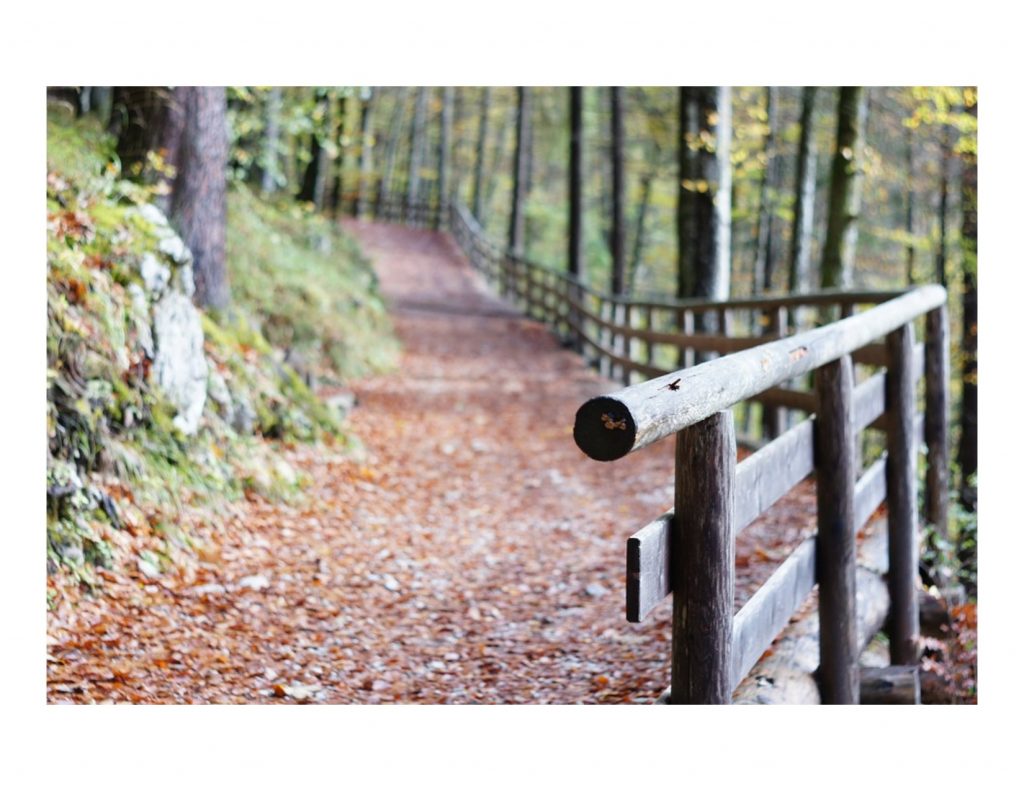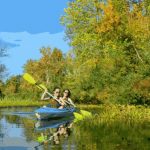Rail Trails are where unused — sometimes for decades — rail lines become local walking or biking paths. The development of rail trails can be the biggest economic growth engine for a number of rural communities. Here in NEPA, examples of rail trails include the Schuylkill River Trail that largely encompasses the old Pennsylvania Railroad line and currently establishing a big footprint in Schuylkill County. Another popular trail is the Delaware & Lehigh (aka D & L) that runs from Bristol, which is near Philly, all the way to Mountaintop with aspirations of coursing to Wilkes-Barre. The Lackawanna Valley Heritage Corridor is also a boon for Scranton and surrounding communities given the amazing scenery and attractions found along the way that includes Steamtown. Mention has to be made of the Greater Hazleton Rails to Trails with its 5.6 mile length enjoyed by many and located on the southeast side of Hazleton.
On October 15, the Rails-to-Trails Conservancy released findings from “Active Transportation Transforms America,” the nation’s most comprehensive analysis of the quantifiable impact of trails, walking and biking on the places we live. The study estimates the rail-trails in Pennsylvania contribute $930 million to the state’s economy annually. That is a pretty decent rate of return on your investment.
To date, there are 186 rail-trails that cover 2,097 miles in Pennsylvania. We are the nation’s leader in creating trails like these. Besides economic benefits, trails provide health and wellness positives and encourages interactions with kindred spirits.
Nationally, the study estimated rail-trails contribute $34.1 billion a year to the U.S. economy. Yes, you read that correctly!
“Most of the economic impact rail-trail studies used in this national study were based on spending reports funded by Pennsylvania’s Department of Conservation and Natural Resources, who was out in front of this issue from the start,” said Tom Sexton, Northeast Regional Director of the Rails-To-Trails Conservancy.
RTC released its findings during a webinar, where RTC was joined by PennDOT Secretary Leslie Richards; Martha Williams, director of Montana Fish, Wildlife and Parks; and Jim Kolb, partner at Summit Strategies, the author of the study. The panel addressed issues of transportation reform, provided examples of effective state and local implementation, and explored key report findings that outline the transformative power of connected trail and active transportation networks.
During the webinar, RTC demonstrated the discrepancies between demand for active transportation infrastructure and investments made. The majority of trips taken in this country are within a 20-minute bike ride or less, more than one in four trips are within a 20-minute walk or less, and 11.5 percent of all trips are made by walking and biking.
Yet, current federal transportation policy only invests less than 2 percent of funds in bicycle and pedestrian projects. At the same time, bicyclist and pedestrian injuries and fatalities are skyrocketing while other vehicle-related fatalities are on the decline. RTC’s report and the findings come as Congress takes up debate to reauthorize the nation’s federal transportation bill, a critical juncture that will define federal spending on active transportation for years to come.
Take time this fall to stretch your legs and go for a bike ride or a nice walk on one of the many NEPA trails found close to your community. Just visit https://www.traillink.com/ to enjoy a trail here in NEPA!

NATURE NUGGET
Black walnuts are commonly found on the ground each fall. This year is no exception as you can spot the green-colored “tennis ball like” nuts all over the ground in mostly farm country. When grown in the open, the black walnut reaches 75′ tall with a round, low branching, open crown that spreads nearly as wide as it is tall. In forests and plantations, the tree may reach 150′ tall with a well formed trunk. It develops a deep taproot and is difficult to transplant. The hard to crack shell encases a rich flavored nut. However, the crushed black walnut shells can stain fingers, clothing, and concrete. The meat inside is a wonderful treat that contains healthy Omega 3’s plus squirrels thoroughly enjoy this nut too.
NATURE QUOTE
“There is no WiFi in the forest, but you’ll make a better connection.” Unknown

“Porcupine Pat” McKinney is environmental education coordinator for the Schuylkill Conservation District and provides programming for people of all ages with an emphasis on schools, public programming and nature center development. “Porcupine Pat” hails from Marion, Ohio and has a BS with Distinction in Natural Resources – Environmental Interpretation from Ohio State. He is a recipient of the prestigious Sandy Cochran Award for Excellence in Natural Resources Education from the PA Forestry Association, the Schuylkill Pride Award, and the PAEE “Outstanding Environmental Educator Award.”




